Back in the 1960s, a trip to the grocery store was more than just an errand—it was a weekly ritual. Moms in their crisp pedal pushers and dads in fedoras often made it a family outing, and kids knew better than to sneak an extra candy bar into the cart. But if you plucked someone from today and dropped them into a 1960s A&P or Safeway, they’d be scratching their heads at half the experience. From personal service to quirky packaging, the whole rhythm of shopping felt slower, friendlier, and, in hindsight, downright charming.
1. Grocers Gave Out S&H Green Stamps
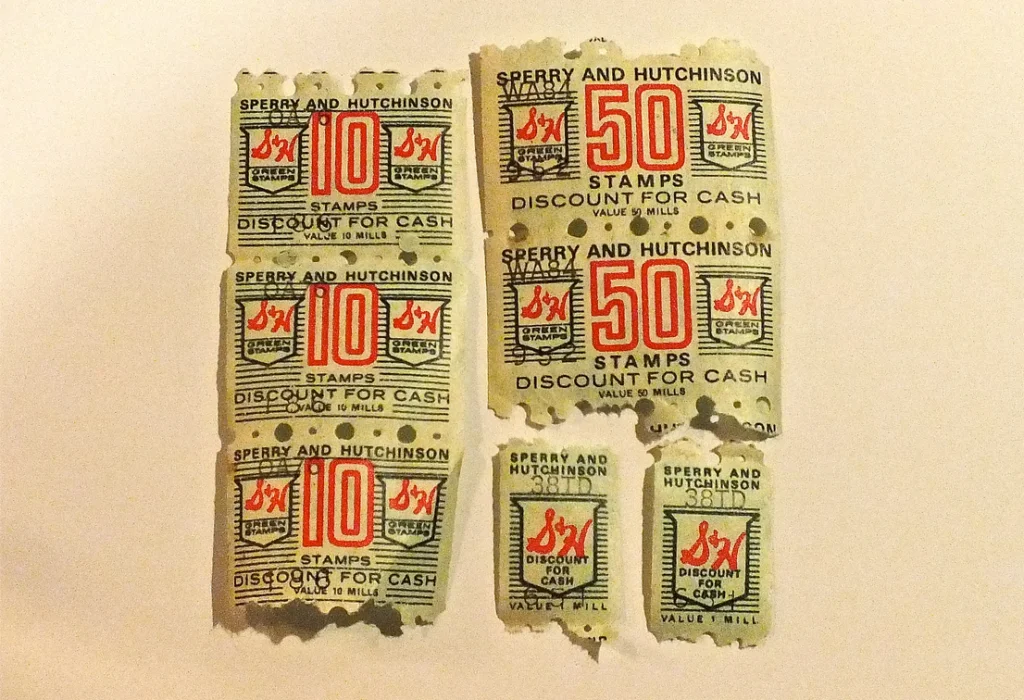
Every time you bought groceries, you were handed a little stack of stamps that felt like miniature currency. S&H Green Stamps were rewards for loyal customers—stick them in your booklet, and eventually trade them in for toasters, radios, or even furniture. It turned grocery shopping into a game, and kids loved pasting them into the redemption books. Antique Traders puts into perspective just what a powerful impact green stamps had on consumer behavior across the country.
Today’s shoppers might wonder what these stickers were all about or why stores would hand out anything but a receipt. But back then, collecting Green Stamps felt just as satisfying as scoring a good deal. They were proudly displayed in a drawer or on the kitchen counter, ready to help the family “shop” from the catalog at home.
2. Most Items Had No Barcodes
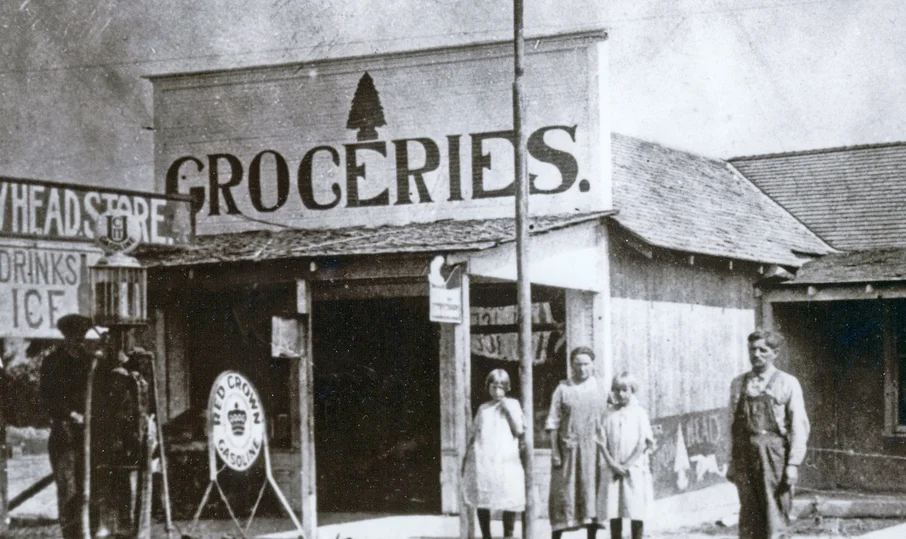
In the 1960s, there wasn’t a single beep at the checkout—just the rhythmic tapping of keys by a cashier who had memorized the price of everything. Items were manually entered into the register, and the price was often found by squinting at a small sticker on the product itself. Cashiers had to be quick with math, and mistakes meant restarting the entire total. Smithsonian Magazine traces the whole history of the barcode.
Barcodes wouldn’t start appearing on store shelves until the late 1970s. For folks today who expect self-checkout and touchscreens, watching a 1960s grocery clerk work would be like watching a magician. It was a job that required speed, smarts, and serious finger strength.
3. You Had to Ask the Butcher for Meat
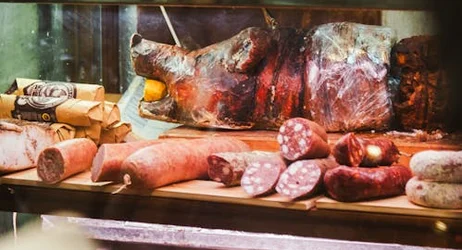
In most stores, meat wasn’t laid out for you to grab. Instead, you strolled up to the butcher counter and told the white-aproned gentleman what you wanted, how thick you wanted it, and sometimes even your dinner plans. He’d cut your meat right then and there, wrap it in butcher paper, and hand it over with a smile. SIXT also notes that many items sold at the deli, have rich histories of their own.
That level of personal service might catch modern shoppers off guard. Today, it’s grab-and-go from the refrigerated section. But in the ’60s, your local butcher knew your name—and your favorite cut.
4. Most Milk Came in Glass Bottles

Milk wasn’t just something you picked up—it was often delivered to your door or purchased in tall glass bottles from the store. These bottles had a little cardboard or foil cap on top and were heavy enough to build your biceps carrying them. Once empty, you rinsed them out and returned them so they could be reused.
It was a simple system, and it worked beautifully. The clinking of those bottles in the cart was a familiar sound to anyone who grew up in that era. Today’s plastic jugs might be lighter, but they sure don’t have the same charm.
5. Frozen Dinners Were a Big Deal
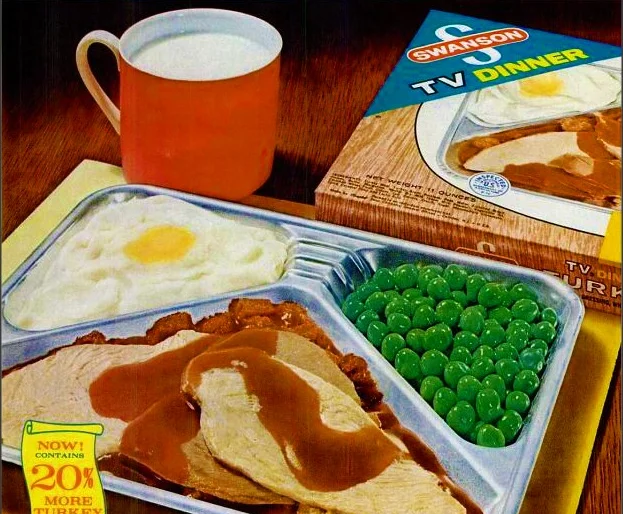
The freezer aisle was still a novelty in many stores, and “TV dinners” were considered futuristic. These aluminum trays promised a hot meal with no fuss—just pop it in the oven and wait. Salisbury steak, mashed potatoes, and a brownie all in one tin? That was dinner and a miracle of science.
Microwaves weren’t common yet, so these meals had to bake in a conventional oven. And people didn’t just eat them—they dressed up to enjoy them in front of the TV. Today’s frozen meals are faster and fancier, but they’ll never beat the excitement of those first foil-packed dinners.
6. You Had to Bring a Cart Token or Deposit
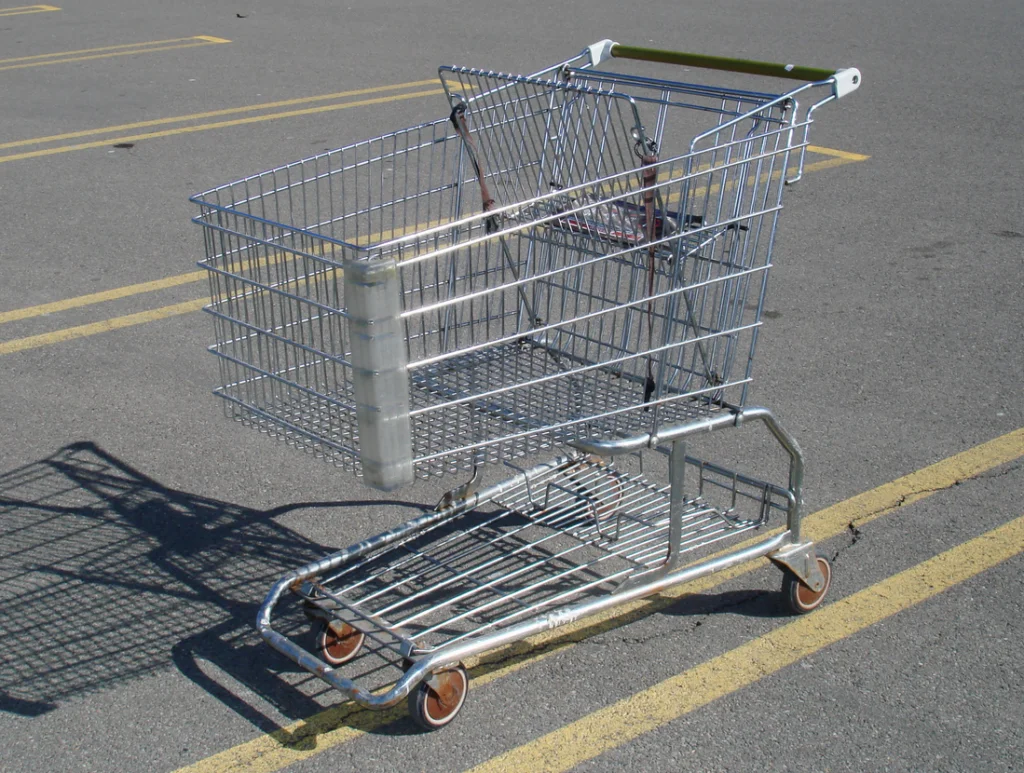
Carts weren’t just sitting out in the parking lot for the taking. In many places, you had to insert a coin—or a plastic token provided by the store—to unlock a shopping cart. It was a way to keep carts organized and ensure they got returned properly.
Kids were often sent to retrieve the token after unloading the groceries, which felt like a very important mission. Unlike today, where carts are scattered across the lot or corralled by staff, the 1960s system relied more on honor—and maybe a little bribery via a stick of gum.
7. You’d Weigh and Price Your Own Produce
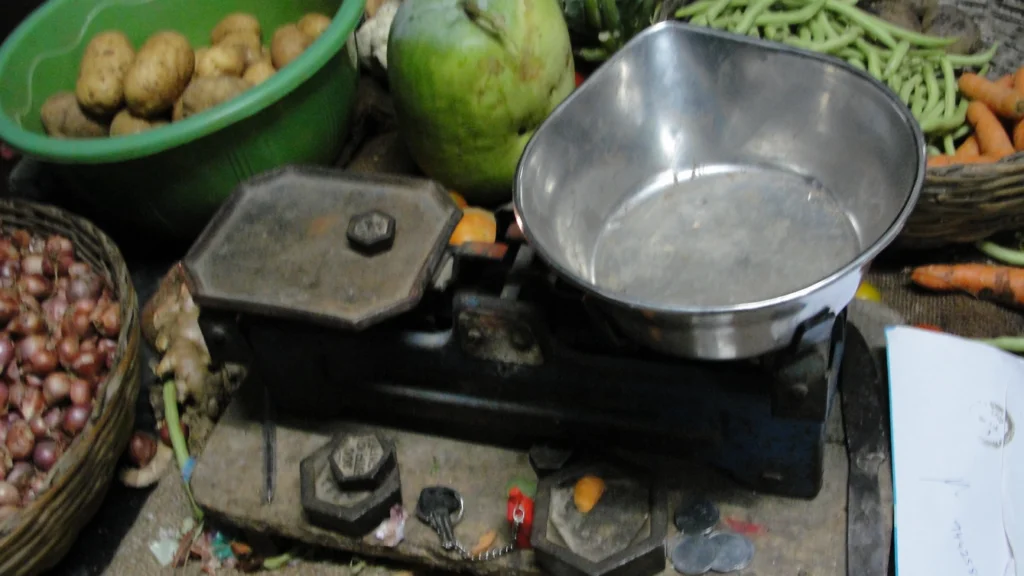
Before computerized scales, shoppers picked their produce and then walked over to a scale station. There, they’d weigh their selections and use a twisty dial or sticker gun to mark the price. Sometimes a store clerk helped, but often it was a do-it-yourself moment.
It felt a bit like being part grocer, part farmer’s market expert. You learned how to eyeball a pound of apples pretty well. Compared to today’s stickered and scanned fruit, it was a hands-on lesson in weight and value.
8. Shopping Was Usually Done in Dresses and Slacks

You didn’t go grocery shopping in sweatpants or flip-flops. Women often wore dresses or skirts, and men, if tagging along, had on slacks and button-downs. Even children were typically in their Sunday best or close to it.
There was a sense of occasion to it—a public outing where you wanted to look respectable. Today’s grocery runs often involve yoga pants and earbuds, but back then, you dressed to be seen—even in Aisle 5.
9. Cash Was the Only Way to Pay

Credit cards were practically unheard of at the grocery store. If you didn’t have cash, you didn’t have groceries. Some stores offered charge accounts for regulars, but most folks came with bills and coins neatly tucked in a purse or money clip.
That’s why there was often a little scramble at the register—counting nickels and dimes to get the total just right. Today’s tap-and-go would seem like science fiction to someone who just handed over five dollars for a cart full of goods.
10. You Got Your Groceries Bagged in Paper—Always

Plastic bags weren’t an option yet. Brown paper bags were standard, and the bag boys (often teenage kids working after school) knew exactly how to pack them. Heavy cans on the bottom, eggs on top, and always double-bagged if it was raining.
Watching them work was almost an art form. And you could reuse those bags for book covers, garbage liners, or starting a fire in the fireplace. No reusable totes, no bag fees—just sturdy paper and a well-practiced fold.
11. Supermarkets Were Still a New Idea

Many people in the early ’60s still remembered corner grocers and mom-and-pop shops where you asked for items from behind a counter. The idea of one big store where you could pick your own goods and find everything from apples to aspirin was still catching on. Supermarkets felt expansive, modern, and a little bit glamorous.
Those wide aisles and colorful displays were part of a cultural shift in how America shopped. For today’s mega-store generation, it might be hard to imagine a time when self-service was revolutionary. But in the 1960s, the supermarket was still a marvel.
12. You Could Smoke While You Shopped

Believe it or not, it was perfectly normal to see someone pushing a cart with one hand and holding a cigarette in the other. Some stores even had ashtrays built into the ends of aisles or near the checkout. No one blinked an eye—it was just part of adult life.
Now, that would send alarms ringing (and maybe fire sprinklers too). But back then, the scent of tobacco was as common as fresh bread in the air. It’s a detail that would truly leave modern shoppers speechless—and likely gasping.
Back when grocery shopping meant conversation with your butcher, dressing your Sunday best, and carefully counting stamps or coins, it wasn’t just about stocking the fridge—it was about connection. It was slower, yes, but it was also a little more personal, a little more human. These days, we zoom through self-checkout lanes with earbuds in and phones out, but there was something sweet about the ritual of a 1960s shopping trip. We may have more options now, but there’s a quiet magic in remembering when a grocery run meant glass bottles, paper bags, and maybe a free cookie from the bakery if you were lucky.


